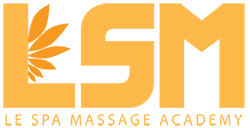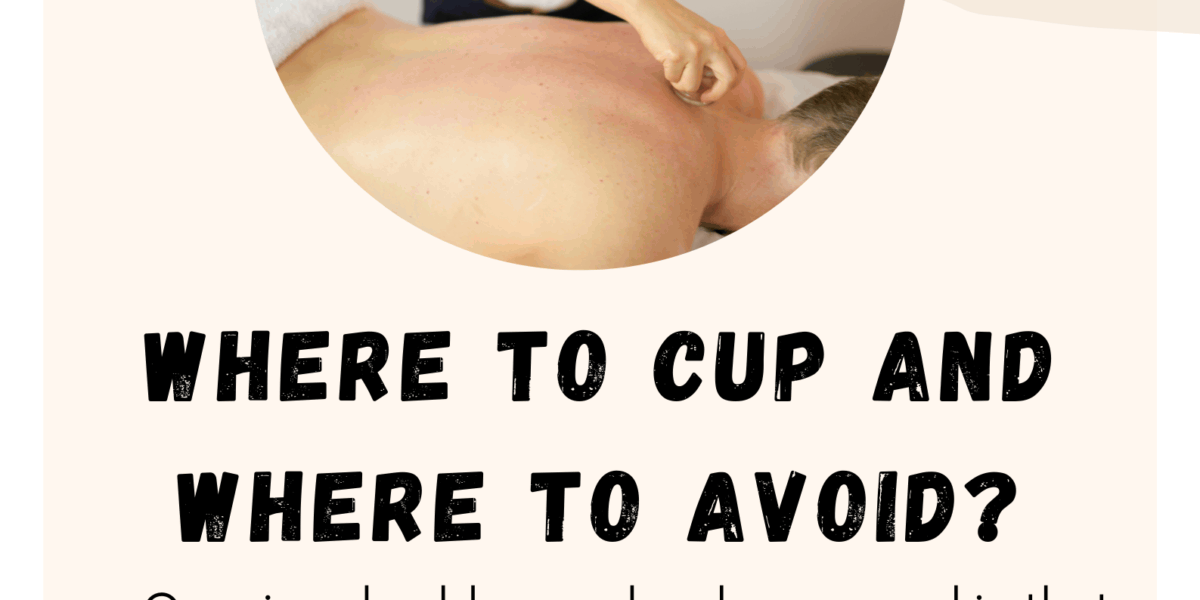Cupping is an ideal addition to your session if you have muscles that are too tight, sore, stiff or painful – especially if stretching didn’t previously help you.
Cupping should never be done over skin that is fragile, broken, sunburned or swollen. Take care in areas such as the side of the neck as well as pectoral muscles. DO NOT cup in areas with major arteries. Cupping is not advised during pregnancy and is typically off-limits for those with cancer, organ failure, heart disease, hemophilia, have a pacemaker or who are taking blood-thinning medications.
Cupping is most commonly done along the posterior chain of the body: that’s your back, shoulders, neck, glutes, hamstrings and calves. Sometimes quads and forearms are done as required.
Specifically with silicone cupping, this can be applied to anywhere on the body, including the joints, with the exception of dangerous areas. Silicone cupping is effective in relieving pain in a joint (such as people managing pain from knee osteoarthritis) and breaking up scar tissues adhesions post-trauma.

